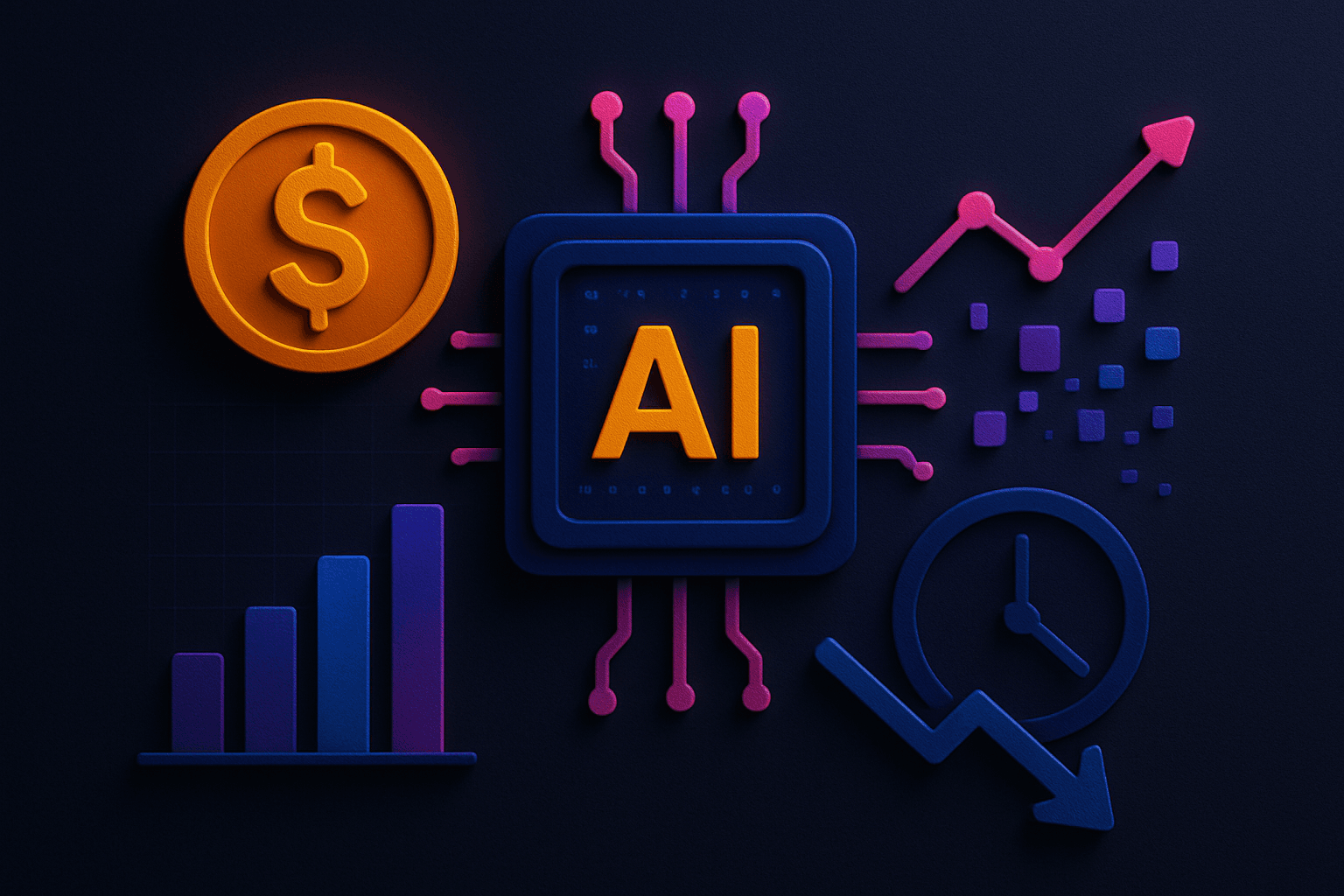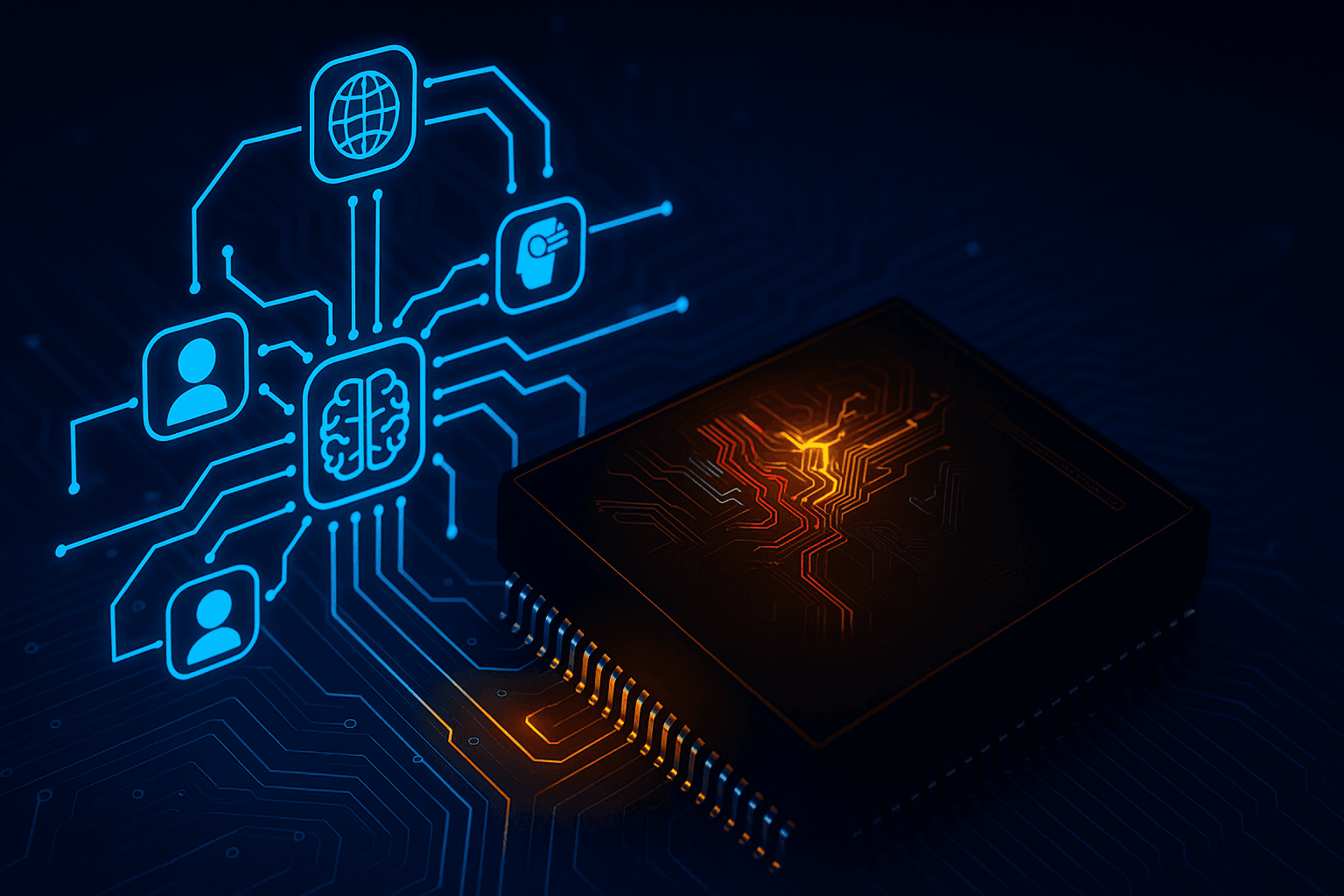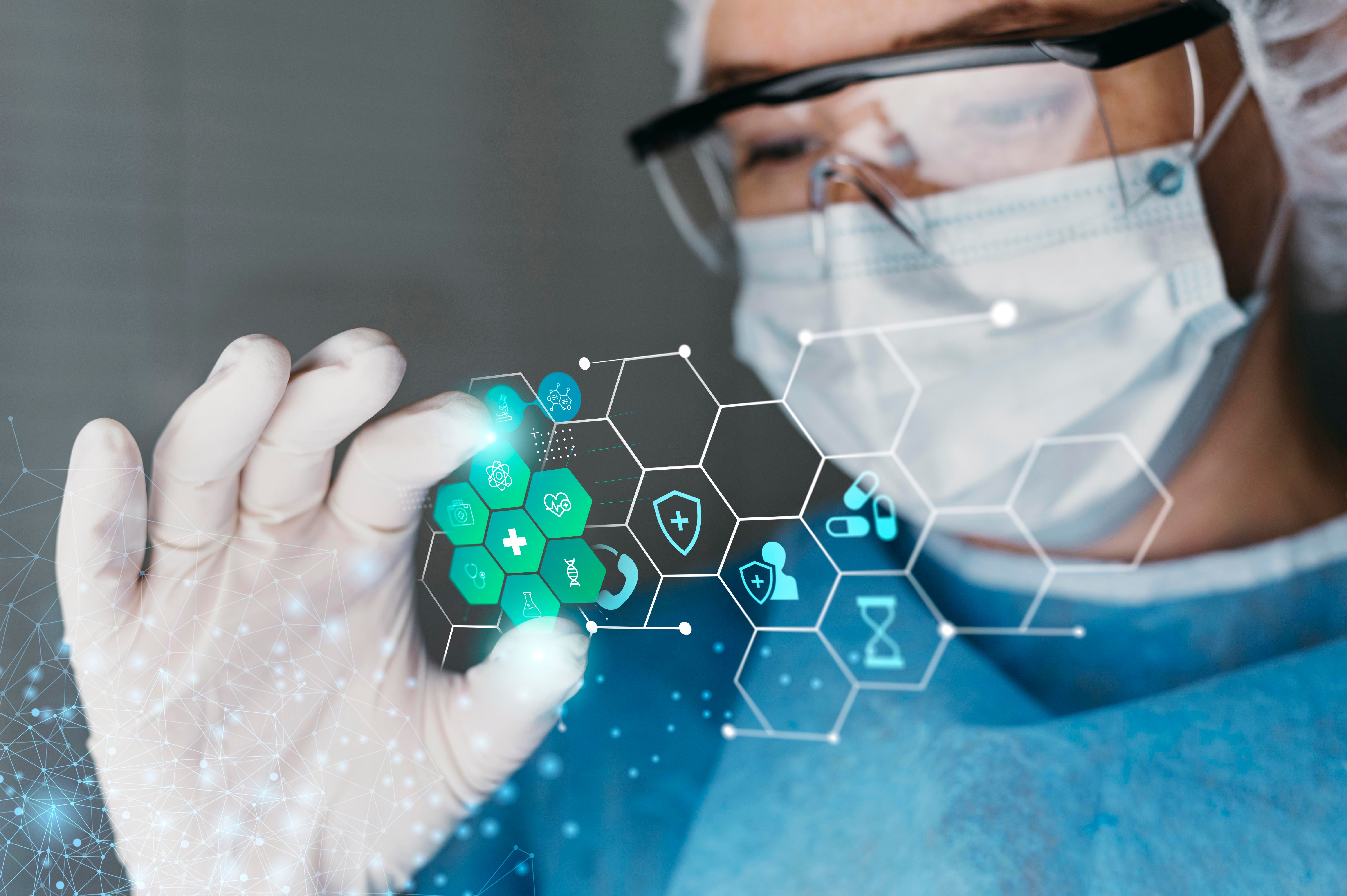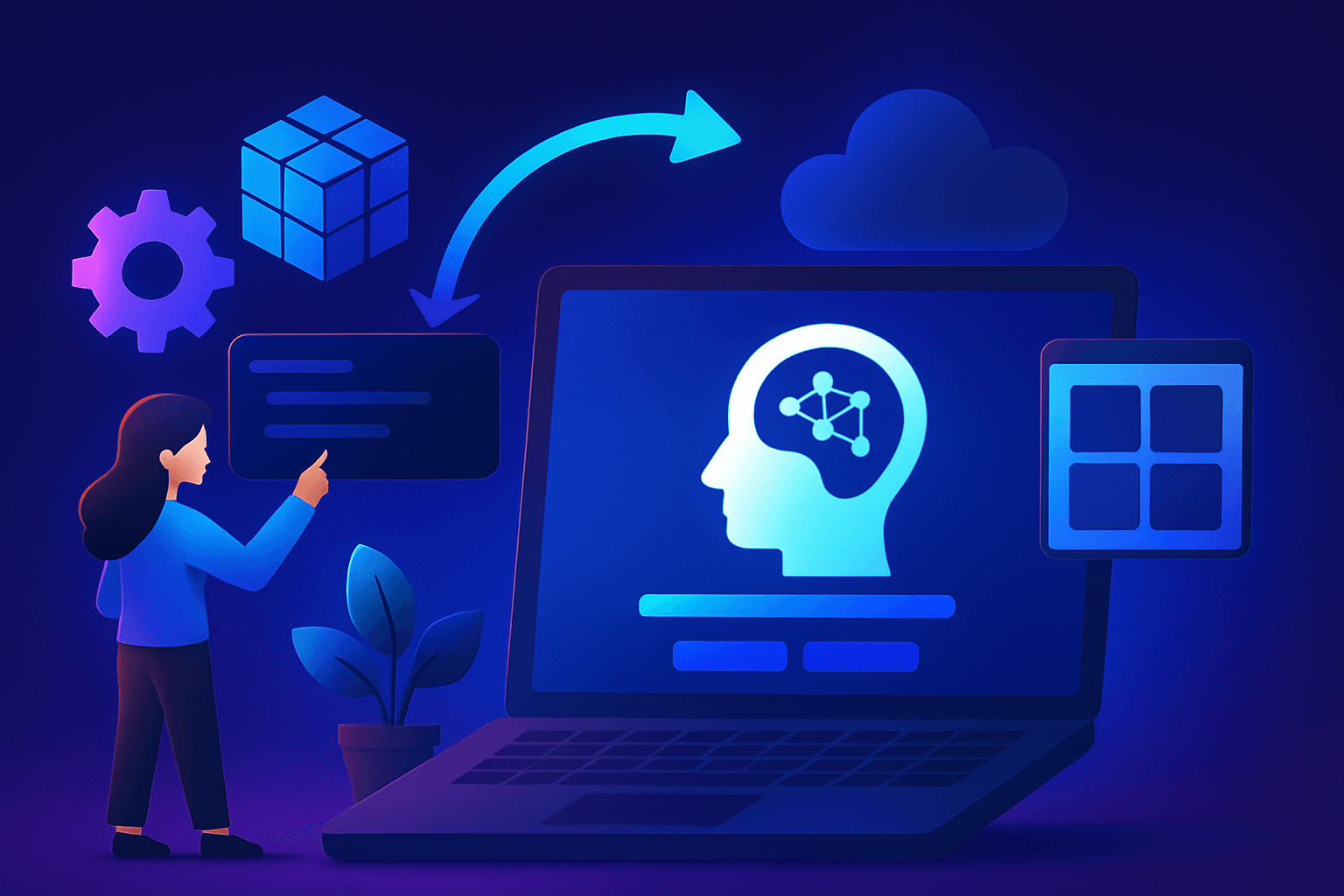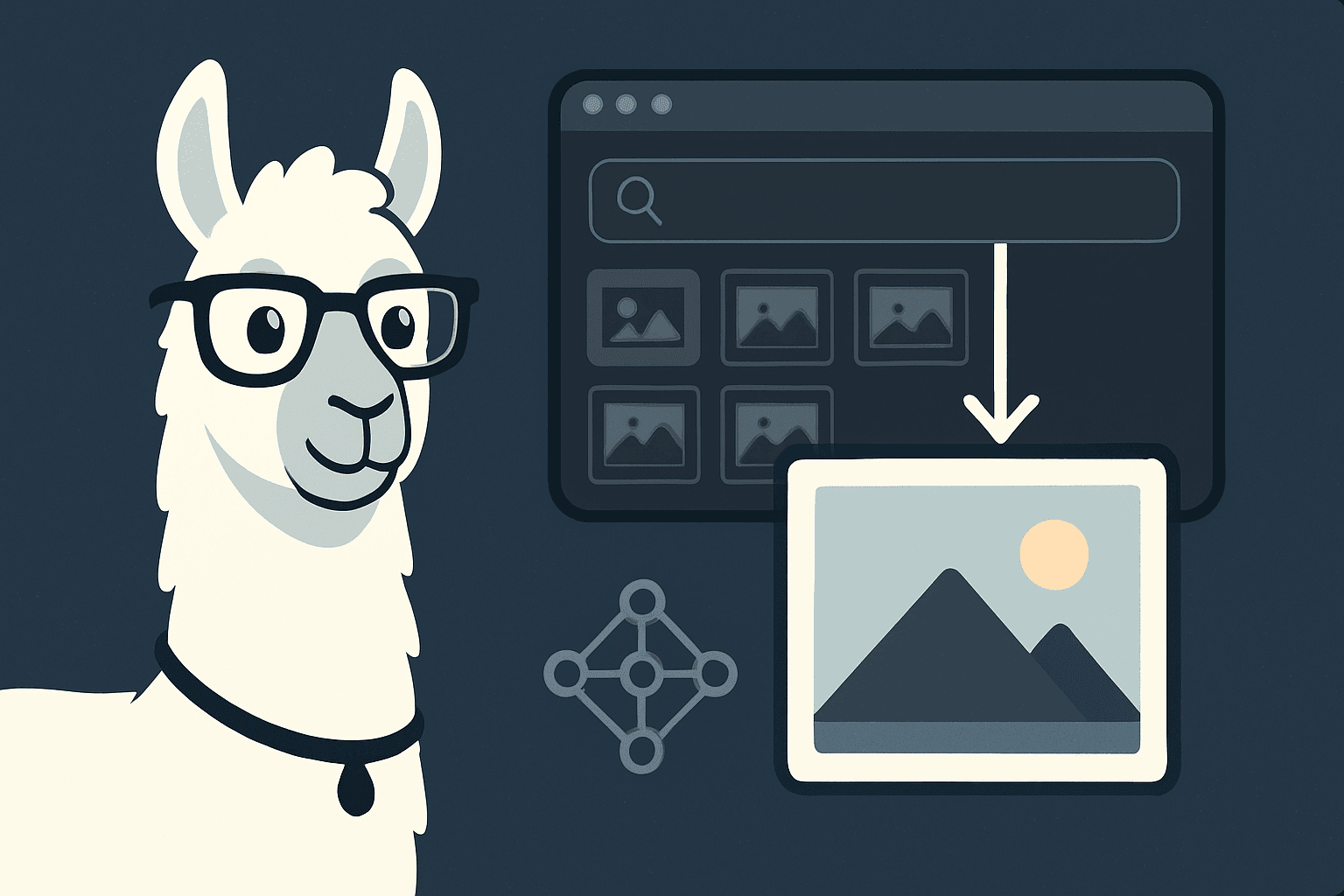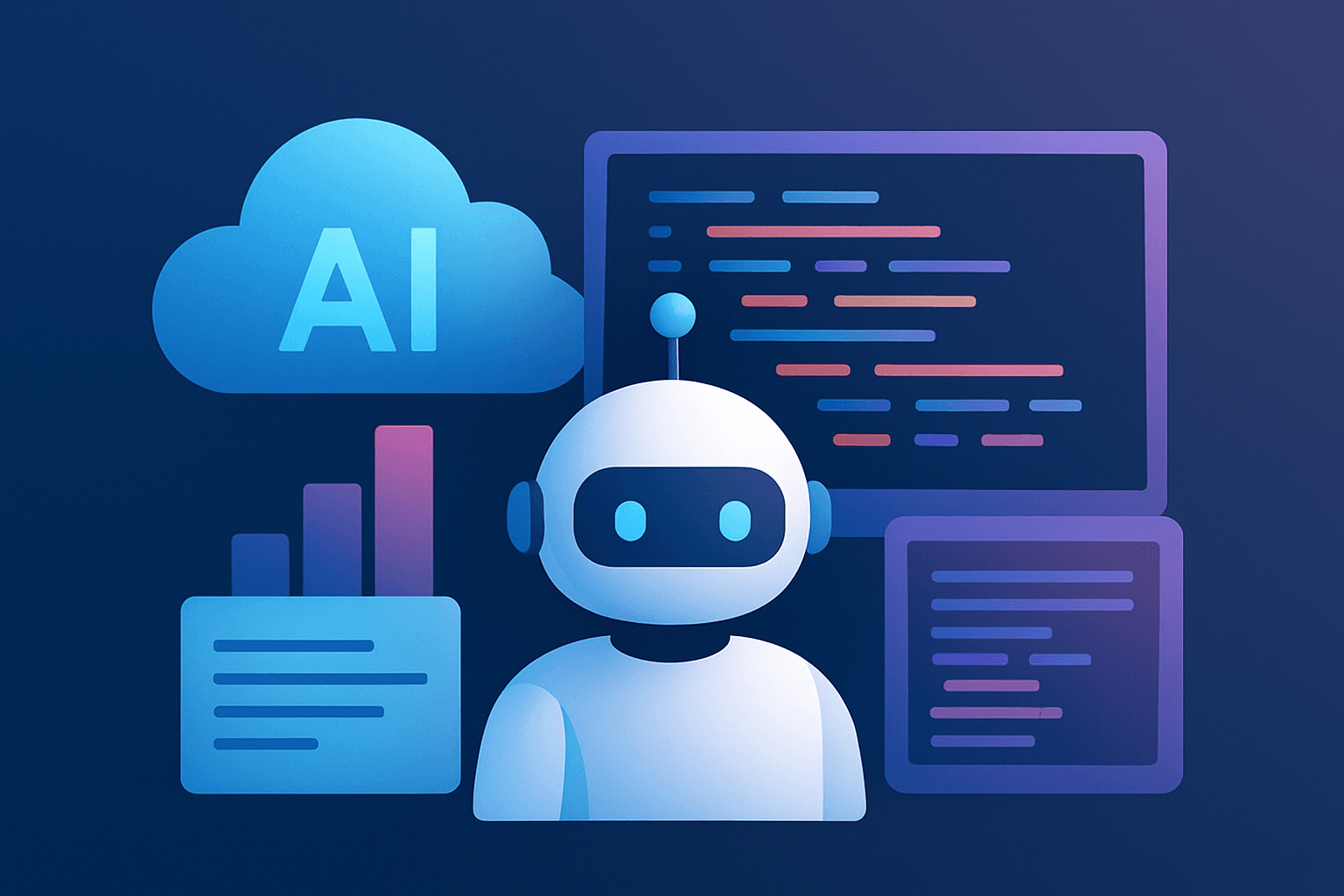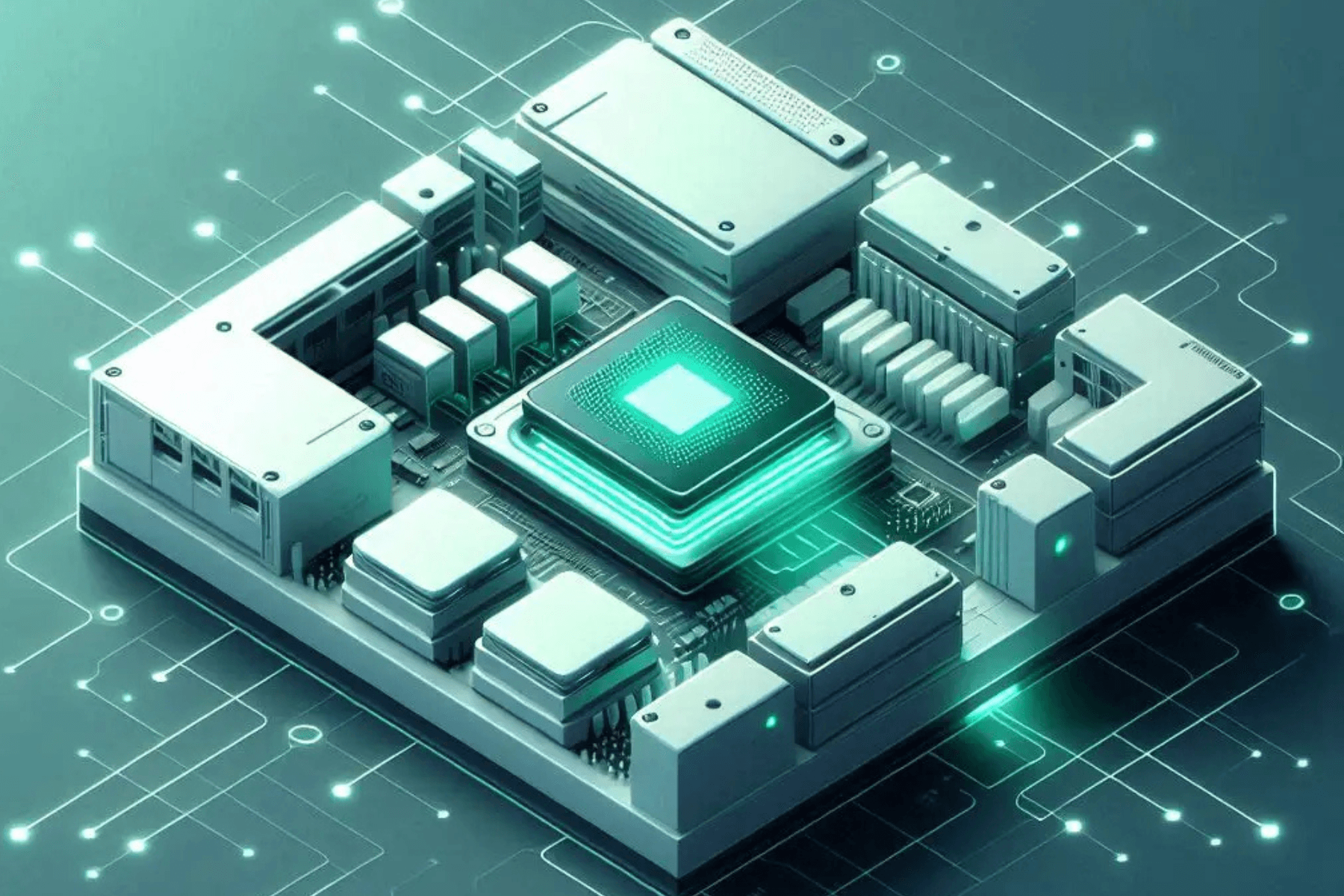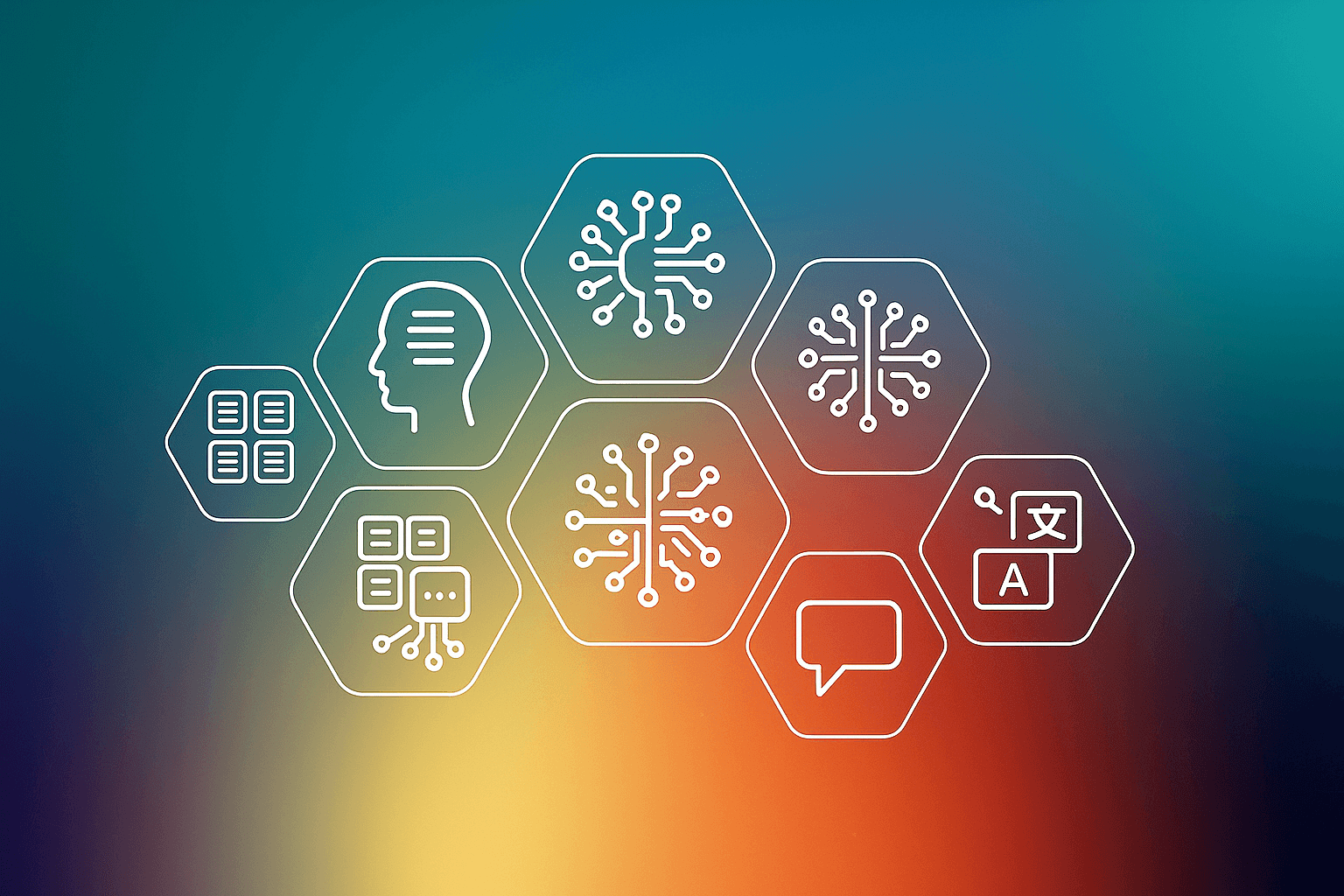Introduction
Retrieval-Augmented Generation (RAG) represents a significant advancement in the field of Natural Language Processing, particularly in the development of question-answering systems. By integrating retrieval and generation components, RAG systems offer a nuanced approach to generating contextually relevant and accurate responses. However, the computational complexity associated with these systems necessitates focused efforts on optimization and scalability.
Optimum, developed by Hugging Face, serves as a specialized optimization toolkit designed to enhance the efficiency of machine learning models, including Transformers. It offers a range of hardware-specific optimization tools that facilitate the scaling and efficient deployment of models. This article aims to elucidate the role of Optimum in addressing the challenges of scaling RAG systems, thereby enabling these advanced systems to meet the computational and performance requirements of real-world applications.
What Is Optimum?
Optimum is an advanced optimization toolkit developed by Hugging Face, aimed at enhancing the performance and efficiency of machine learning models. Integrated seamlessly with the Hugging Face Transformers library, Optimum provides a robust set of tools specifically designed to optimize both training and inference operations. The toolkit's primary objective is to address the computational challenges commonly associated with large-scale machine learning tasks, thereby facilitating efficient model deployment.
A notable feature of Optimum is its capability for hardware-specific optimizations. The toolkit is engineered to support a diverse range of hardware accelerators, each accompanied by its specialized set of optimization tools. These include:
- Habana Gaudi Processor: Optimum offers tools specifically designed for optimizing models on Habana's Gaudi processors.
- Intel Neural Compressor: In collaboration with Intel, Optimum incorporates features that utilize the Intel Neural Compressor for enhanced efficiency.
- FuriosaAI: Tailored optimization tools for FuriosaAI hardware are included in Optimum, enabling efficient model training and inference.
- ONNX Runtime: Optimum supports ONNX Runtime, providing additional avenues for optimization through graph-level modifications and quantization techniques.
- BetterTransformer: This interface is geared towards CPU and GPU speedups, offering a comprehensive set of tools for optimizing Transformer-based models.
- AWS Trainium/Inferentia: Optimum also includes support for AWS Trainium and Inferentia chips, providing optimizations that leverage these platforms for improved training and inference performance.
Through its extensive range of hardware-specific optimization tools, Optimum facilitates the efficient scaling and deployment of machine learning models, such as RAG systems, across diverse hardware environments.
RAG systems present unique challenges in terms of computational efficiency and scalability. These systems combine the complexities of both retrieval and generation models, requiring significant computational resources for tasks such as document retrieval, context understanding, and answer generation. As the scale of data and the complexity of queries increase, RAG systems demand more advanced optimization techniques to maintain performance and reduce latency. Optimum addresses these challenges through a multi-faceted approach:
- Hardware-Specific Optimizations: Optimum's support for a wide range of hardware accelerators allows RAG systems to leverage the most efficient computational resources available, whether it be Habana Gaudi Processors, Intel Neural Compressors, or AWS Trainium/Inferentia chips.
- Model Efficiency: Optimum provides tools for model quantization and pruning, which can significantly reduce the computational overhead without sacrificing the quality of the generated answers.
- Parallelization: Optimum facilitates efficient model parallelism, enabling RAG systems to distribute the computational load across multiple hardware units, thereby accelerating both training and inference times.
- Resource Management: Optimum's optimization tools can dynamically allocate resources based on the task's requirements, ensuring that the RAG system operates at peak efficiency.
- Ease of Integration: Being an extension of the Hugging Face Transformers library, Optimum can be easily integrated into existing RAG systems, making the transition to a more optimized setup relatively straightforward.
By providing targeted solutions to the specific challenges faced by RAG systems, Optimum serves as a robust framework for enhancing their scalability and performance, thereby making them more adaptable to real-world applications.
Optimum's Hardware-Specific Optimizations
One of the most compelling features of Optimum is its ability to provide hardware-specific optimizations, allowing for a tailored approach to enhancing machine learning models, including Retrieval-Augmented Generation (RAG) systems. Below is an overview of how Optimum optimizes for various hardware platforms:
- Optimum Habana: Optimum includes specialized tools designed for Habana's Gaudi processors. These tools focus on optimizing the data flow and computation graph, thereby reducing latency and increasing throughput for RAG systems when deployed on Habana hardware.
- Optimum Intel: In collaboration with Intel, Optimum incorporates the Intel Neural Compressor, a set of tools aimed at optimizing model efficiency. These tools enable advanced techniques such as quantization and pruning, which are particularly beneficial for RAG systems that require high computational efficiency.
- Optimum Neuron: Optimum provides targeted optimizations for AWS Inferentia chips under its Neuron interface. These optimizations include model quantization and efficient memory management, which are crucial for scaling RAG systems on AWS infrastructure.
- Optimum Furiosa: For FuriosaAI hardware, Optimum offers a set of tailored optimization tools that focus on maximizing computational efficiency. These tools enable RAG systems to leverage FuriosaAI's specialized hardware for accelerated training and inference.
- Optimum ONNX Runtime: Optimum's support for ONNX Runtime allows for additional layers of optimization through graph-level enhancements. These optimizations can significantly improve the performance of RAG systems by reducing computational overhead and latency.
- Optimum BetterTransformer: The BetterTransformer API within Optimum focuses on CPU and GPU speedups. It offers a range of tools, including kernel optimizations and efficient data structures, which are designed to accelerate the performance of Transformer-based models, including RAG systems.
Installation and Optimization
The installation of Optimum and its associated hardware-specific dependencies is a critical step in leveraging its optimization capabilities for RAG systems. Integrating Optimum into the RAG system can significantly enhance its performance and scalability. Below is a step-by-step guide to facilitate this process, and some code snippets and examples that demonstrate how to achieve this integration.
General Installation of Optimum
1. Python Environment: Ensure that Python is installed on your system.
2. Install Transformers Library: Install the Hugging Face Transformers library.
pip install transformers
3. Install Optimum: Use the following command to install Optimum.
pip install optimum
Optimum Habana
- Install SynapseAI and Gaudi Drivers: Before installing Optimum Habana, it is essential to install SynapseAI and the Gaudi drivers. Follow the official installation guide provided by Habana for detailed instructions.
- Install Optimum Habana: Use the following command to install Optimum with Habana support. The `--upgrade-strategy eager` flag ensures that all dependencies are updated.
python -m pip install --upgrade-strategy eager optimum[habana]
- DeepSpeed on HPUs: To utilize DeepSpeed on Habana Processing Units (HPUs), execute the following command:
python -m pip install git+https://github.com/HabanaAI/DeepSpeed.git@1.12.0
- For RAG systems deployed on Habana hardware, you can specify the hardware accelerator during the model initialization:
from transformers import RagTokenizer, RagRetriever, RagTokenForGeneration
from optimum.habana import HabanaAccelerator
tokenizer = RagTokenizer.from_pretrained("facebook/rag-token-nq")
retriever = RagRetriever.from_pretrained("facebook/rag-token-nq", index_name="exact", use_dummy_dataset=True)
model = RagTokenForGeneration.from_pretrained("facebook/rag-token-nq", retriever=retriever)
Initialize Habana Accelerator
accelerator = HabanaAccelerator()
Move model to Habana device
model.to(accelerator.device)
Optimum Intel
- Virtual Environment and Pip Upgrade: It is recommended to create a virtual environment and upgrade pip before proceeding with the installation.
python -m pip install --upgrade pip
- Install Optimum Intel with Intel Neural Compressor: Use the following command to install Optimum Intel with support for Intel Neural Compressor.
pip install --upgrade-strategy eager "optimum[neural-compressor]"
- Install Optimum Intel with Intel OpenVINO: To install Optimum Intel with support for Intel OpenVINO and NNCF, use the following command:
pip install --upgrade-strategy eager "optimum[openvino,nncf]"
- The
--upgrade-strategy eageroption ensures thatoptimum-intelis upgraded to the latest version. - Install from Source: Optimum Intel is a fast-moving project, and you may prefer to install it from the source. Use the following command to do so:
python -m pip install git+https://github.com/huggingface/optimum-intel.git
- To install from source with dependencies, use:
python -m pip install "optimum-intel[extras]"@git+https://github.com/huggingface/optimum-intel.git
Here, extras can be one or more of neural-compressor, openvino, nncf.
- For RAG systems deployed on Intel hardware, Intel Neural Compressor can be used for model optimization:
from optimum.intel import IntelNeuralCompressor
Initialize Intel Neural Compressor
optimizer = IntelNeuralCompressor(model)
Optimize model
optimized_model = optimizer.optimize()
Optimum Neuron (AWS Inferentia)
- Hugging Face Neuron Deep Learning AMI (DLAMI): It is recommended to use the Hugging Face Neuron DLAMI, which comes pre-packaged with all required libraries, including Optimum Neuron, Neuron Drivers, Transformers, Datasets, and Accelerate.
- Install Neuron Driver and Tools: Before proceeding with the installation of Optimum Neuron, ensure that the Neuron driver and tools are installed on your system.
- Install Optimum Neuron for AWS Trainium (trn1) or AWS Inferentia2 (inf2):
python -m pip install optimum[neuronx]
- Install Optimum Neuron for AWS Inferentia (inf1): To install Optimum Neuron with support for AWS Inferentia, use the following command.
- For AWS Inferentia, the model can be compiled using the Neuron SDK:
python -m pip install optimum[neuronx]
python -m pip install optimum[neuron]
from optimum.neuron import NeuronModel
Compile the model for AWS Inferentia
neuron_model = NeuronModel(model)
Optimum Furiosa
- Install Furiosa SDK Drivers: Before installing Optimum Furiosa, it is essential to install the Furiosa SDK drivers. Follow the official installation guide provided by Furiosa for detailed instructions.
- Install Optimum Furiosa: Use the following command to install Optimum Furiosa.
python -m pip install git+https://github.com/huggingface/optimum-furiosa.git
- For Furiosa hardware, you can use the Furiosa SDK for model optimization:
from optimum.furiosa import FuriosaOptimizer
Initialize Furiosa Optimizer
optimizer = FuriosaOptimizer(model)
Optimize model
optimized_model = optimizer.optimize()
Optimum ONNX Runtime
- Install ONNX Runtime: Use the following command to install ONNX Runtime.
pip install onnxruntime
- Configure Optimum for ONNX: Update Optimum's settings to utilize ONNX Runtime for optimizations.
- For RAG systems that must be optimized using ONNX Runtime, the model can be converted to ONNX format and then run it using Optimum's ONNX Runtime interface:
from optimum.onnx import ONNXRuntimeModel
Convert RAG model to ONNX format
Assuming 'model' is your RAG model
onnx_model_path = "path/to/save/onnx/model"
model.export_to_onnx(onnx_model_path)
Initialize ONNX Runtime Model
onnx_model = ONNXRuntimeModel(onnx_model_path)
Optimum BetterTransformer
- Install BetterTransformer API: Use the following command to install the BetterTransformer API.
from transformers import AutoModelForSequenceClassification
from optimum.bettertransformer import BetterTransformer
model_hf = AutoModelForSequenceClassification.from_pretrained("bert-base-cased")
model = BetterTransformer.transform(model_hf, keep_original_model=True)
- For CPU and GPU speedups, BetterTransformer API can be used within Optimum:
from optimum.bettertransformer import BetterTransformerModel
Initialize BetterTransformer Model
better_model = BetterTransformerModel(model)
Optimize model for CPU or GPU
better_model.optimize_for("cpu") # or "gpu"
Performance Metrics
Evaluating the effectiveness of Optimum in RAG systems will be crucial for understanding its future impact on performance and scalability. While specific benchmarks may vary based on the hardware and configurations used, the following generalized expectations can be made:
Latency Reduction
- Optimum Habana: A notable reduction in inference latency can be expected when deployed on Habana Gaudi processors.
- Optimum Intel: Significant improvements in latency can be anticipated with Intel Neural Compressor optimizations.
Throughput Improvement
- Optimum Neuron: Enhanced throughput capabilities can be expected on AWS Inferentia hardware.
- Optimum Furiosa: A marked increase in throughput can be anticipated on FuriosaAI hardware.
Resource Utilization
- Optimum ONNX Runtime: More efficient memory utilization can be expected using ONNX Runtime optimizations.
- Optimum BetterTransformer: Improved CPU and GPU utilization can be anticipated with the BetterTransformer API.
Scalability
- Multi-Hardware Support: Optimum will allow for a seamless transition between different hardware accelerators, thereby enabling dynamic scalability.
- Model Efficiency: Optimum's model quantization and pruning features can be expected to facilitate more efficient model sizes, making deployment easier.
Overall Performance Gain
- End-to-End Benchmark: A noticeable overall performance gain can be expected when integrating Optimum optimizations into a RAG system, particularly for complex tasks like question-answering over large datasets.
Future Scope
The exact values for these performance metrics can be measured and validated as part of future research or case studies. By integrating Optimum into RAG systems, substantial improvements in various performance metrics can be anticipated, although the exact gains will depend on specific use-cases and hardware configurations.
Case Studies
The application of Optimum in Retrieval-Augmented Generation (RAG) systems can be better understood through case studies. While real-world data would provide the most compelling evidence, hypothetical scenarios can also offer valuable insights into the potential benefits of using Optimum.
Healthcare Information Retrieval
In a healthcare setting, a RAG system was employed to sift through medical literature and provide concise answers to complex medical queries. By integrating Optimum, the system was able to handle a larger volume of queries in real-time, thereby aiding healthcare professionals in making more informed decisions quickly.
News Aggregation
Imagine a news aggregation platform that uses a RAG system to summarize articles from various sources. By utilizing Optimum's hardware-specific optimizations, the platform could significantly reduce the time required to generate summaries, thereby providing users with real-time updates more efficiently.
Customer Support
A customer support chatbot powered by a RAG system could benefit immensely from Optimum's optimizations. Faster response times and more accurate information retrieval could lead to improved customer satisfaction and a reduction in support ticket volumes.
Legal Document Analysis
In a legal setting, a RAG system could be used to analyze and summarize lengthy legal documents. Optimum could help in reducing the computational resources required, making it feasible for smaller firms to employ advanced natural language processing techniques in their workflows.
While these case studies provide a glimpse into the potential applications of Optimum in RAG systems, they also highlight the need for empirical studies to validate these benefits. Measuring exact performance metrics and conducting user experience studies can offer more concrete evidence of Optimum's effectiveness.
Future Directions
As machine learning and natural language processing technologies continue to evolve, so too will Optimum. Several avenues are ripe for exploration:
- Hardware-Specific Optimizations: As new hardware accelerators come into the market, Optimum is likely to expand its support to include these, offering even more options for optimizing RAG systems.
- Algorithmic Improvements: Future versions of Optimum may incorporate more advanced optimization algorithms, further enhancing the efficiency and performance of RAG systems.
- User-Friendly Interfaces: To make it easier for developers to leverage its capabilities, Optimum might introduce more user-friendly interfaces and configuration options.
- Community Contributions: Open-source contributions can play a significant role in the toolkit's evolution, adding new features and optimizations that benefit RAG systems.
- Empirical Studies: As Optimum gains more adoption, empirical studies measuring its effectiveness in real-world applications will become increasingly important. These studies can provide concrete evidence supporting the toolkit's utility in RAG systems.
Conclusion
The integration of Optimum into Retrieval-Augmented Generation (RAG) systems offers a promising avenue for enhancing performance and scalability. Through hardware-specific optimizations and a range of supported platforms, Optimum provides a versatile solution for the challenges inherent in scaling RAG systems. While the exact performance gains can be subject to various factors, the potential benefits are substantial. Future developments in Optimum are poised to offer even greater advantages, making it an essential tool for anyone looking to optimize and scale RAG systems effectively.
